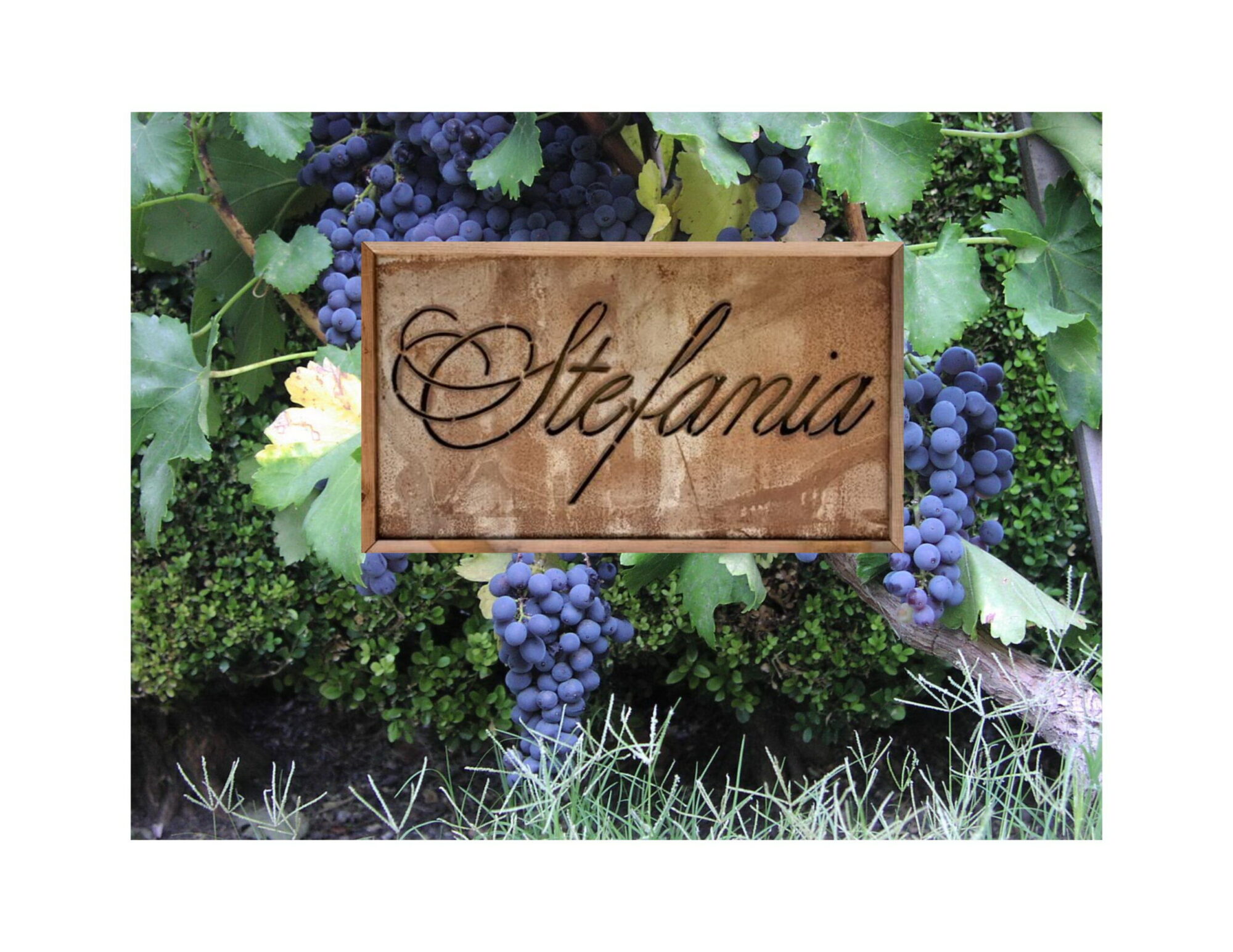We met Anne Anderson of Chaine d Or http://www.chainedor.com/ a few years ago at a tasting event at Copia in Napa, and followed that up with a picnic at the winery last summer. Jerry and Anne took a liking to us and offered lots of great advice as we started our winery.
Last fall Jerry invited me to help with harvest. No small deal, Jerry had turned down all offers of help for over 10 years he let me know. I think our enthusiasm and dirty boots though convinced Jerry and Anne we were serious so I helped with both the Chardonnay harvest, and the Cabernet harvest.
Jerry asked me to help again this year, and Saturday morning I headed out before dawn to get to the small vineyard high in the Santa Cruz Mountains.

This was my view from on top of the crusher. Our Elandrich vineyard is on the lower left, and Ridge’s Monte Bello vineyard is the cloud covered peak on the right.

I’m in charge of the “crush pad”. The grapes arrive and I lift them into the crusher destemmer. Jerry puts the crusher in the truck bed so that we can use gravity to feed the crushed and destemmed grapes into the wine press. The juice collects in the bin below the press and I then pump it into the large tank in the back to settle.

You can see the pump on the right, and the cellar doors in this photo. I use the wheel barrow to haul away the discarded stems.

Jerry on his tractor far down the row. The picking crew loads the tractor and Jerry brings the bins up to me at the crush pad.

Chardonnay grapes fresh in the bin. In the wine business these are called. F.L.Y.B.’s Short for F..ing little yellow bins. They are harder to work with than 1/2 ton bins because each one has to be lifted into the crusher (by me in this case) rather than using a forklift. They hold 30 pounds.

Another task I do is run up and down the rows and push all the FLYB’s into a row. The pickers leave them on the ground when they are full. I then go line them up like this so Jerry can load them onto the tractor by passing down a single row.

4 bins are loaded on the front. I do that. Two pickers then load the back up with 20-25 bins, and Jerry then drives them up to me at the crush pad. One of the crew lifts them to me, and I lift them into the crusher. I quickly remove any leafs or bad clusters before they get crushed.
I had to leave for a little bit at 9 am, but we were mostly done by then. I got back in time to press the juice and finish getting it into tank. Jerry lets it settle for 24 hours before he transfers it into barrels for fermentation. The last task of the day was getting the crusher off the truck. No easy task for sure.
We finished the day cleaning up and Jerry asked me how our harvest schedule looked. I let him know that we were likely going to make the Elandrich Zinfandel at home because there was not enough to make at Hallcrest. Hallcrest has a one ton minimum and we will only have about 1000 pounds of Zinfandel.
He very kindly offered to let us make the Zinfandel at Chaine d Or. So we will have a single barrel (25 cases) of 2006 Elandrich Santa Cruz Mountain Zinfandel from Stefania Wine after all.















